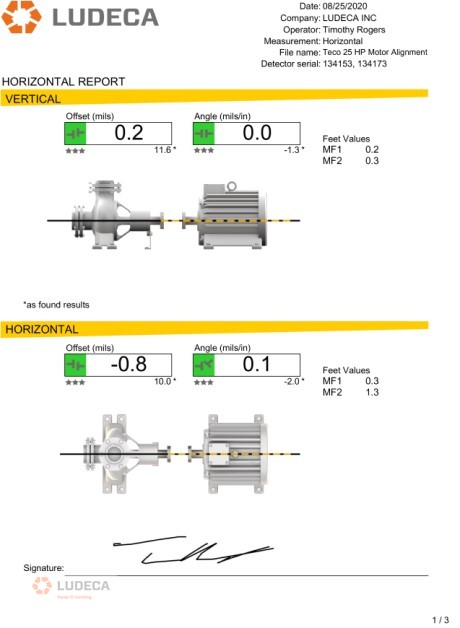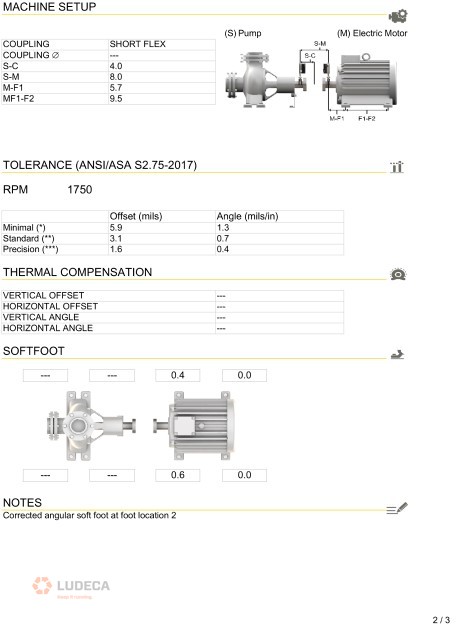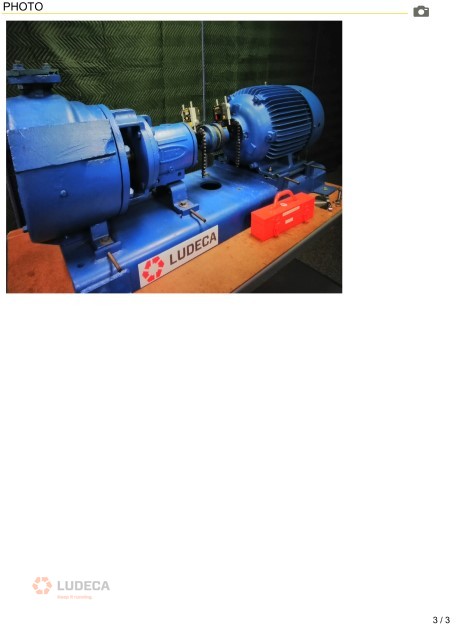As stated by Daniel Keys Moran, “You can have data without information, but you cannot have information without data.” The driving factor for any reliability program is data; but how do you gather and record the right data to achieve your maintenance and reliability goals? By documenting and generating clear reports with the necessary data. This will permit statistical trends to be developed that can improve uptime and productivity as well as justify repair or replace decisions.
First, let us look at what information should be gathered and documented, followed by how and where you should store the data so that you can use this data over time to develop trends and Key Performance Indicators (KPI’s) to drive your reliability program forward. Harness the data coming out of your maintenance operations and turn it into actionable information that will make a difference in the way you work and what you accomplish.
What data should be captured?
The following list describes the equipment and information that is necessary to make informed decisions and drive the improvement process forward in a maintenance program:
- Instruments used for measurement
- Person(s) completing the task(s)
- Description of the asset
- Date and time
- Tolerance requirements
- As-Found and As-Left measurements
- Reference to the standard used
- Appropriate signatures



Where should my data be stored?
Now that we’ve assembled the needed information, we need to store this data in a way that we can easily access it and refer back to it to identify problems and develop solutions. The preferred storage location should be within your company’s CMMS (Computerized Maintenance Management System.) If your CMMS is configured properly, you may be able to store the As-Found and As-Left measurements directly in the work orders to trend them, thereby allowing the CMMS to automatically create work orders when an asset is out of tolerance. The next alternative is to link the report to a work order and/or asset, allowing the information to be easily accessed within your company. If you don’t have a CMMS, another option is to create a folder structure on a shared drive where the reports can be saved. Keep in mind that there should be a consistent naming structure that is followed by everyone with access to the shared drive so the reports can be ordered correctly and easily located. This will require some training.
What are the Key Benefits?
The goal of any maintenance organization should be asset management with the equipment operated and maintained in a cost-effective manner. Creating detailed reports starting from when the equipment is first installed and continuing throughout the life of the asset allows you to predict when failures may occur so that you can effectively plan and correct the issue in the most efficient manner, in advance of an unplanned failure. With the right data gathered and properly stored, organizations can analyze and develop maintenance strategies to ultimately increase equipment availability, decrease production downtime and generate greater profits for the company. These detailed reports allow communication between operations and maintenance and drive continual improvement throughout the organization by identifying, mitigating, or preventing losses. Ludeca provides a wide range of reliability technologies that generate detailed reports that can be easily shared within an organization to help you “Keep it Running.”
Visit our Knowledge Center for resources and tools to help you succeed when implementing and using our maintenance technologies! Watch our video tutorials, download infographics, plus explore other helpful information to reduce equipment failures and downtime.
Filed under:
Alignment, Maintenance Tips by Tim Rogers CRL
